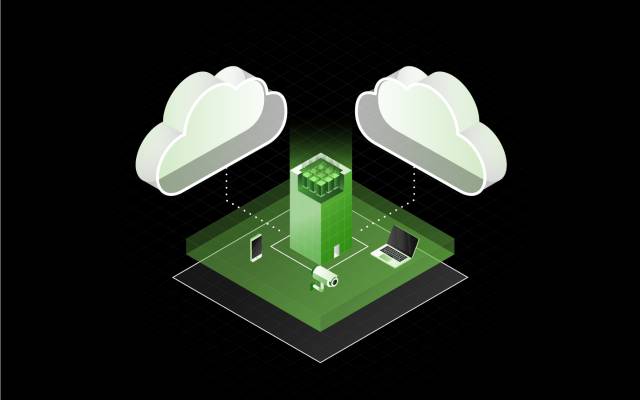GUI for object control
GUI for object control
GUI for object control
Easily manage objects in your buckets.
GUI for object control
Get quick access to your data & usage stats.
Reseller white-label offerings
Reseller white-label offerings
Reseller white-label offerings
Customizable GUI with logos, colors and endpoints.
Reseller white-label offerings
Offer your own cloud object storage service.
Predictable pricing
Predictable pricing
Predictable pricing
With no minimum object storage retention and no API or egress fees.
Predictable pricing
Unlimited capacity to scale up or down as needed.
Object lock & versioning
Object lock & versioning
Object lock & versioning
Maintain versions, track original and updated data objects.
Object lock & versioning
Protect against ransomware attacks that happen 24 × 7.
Lifecycle logic
Lifecycle logic
Lifecycle logic
Specify conditions to automatically manage the storage and deletion of objects.
Lifecycle logic
Optimize costs and manage data efficiently.
Inter-region replication
Inter-region replication
Inter-region replication
Simply automate replication of buckets between geographical sites.
Inter-region replication
Increase data availability in different geographical locations.
REST S3 object support
REST S3 object support
REST S3 object support
Full API supported.
REST S3 object support
Streamline cloud storage management with easy integration, scalability, cost efficiency, and robust security.
REST S3 IAM support
REST S3 IAM support
REST S3 IAM support
All commands support use of IAM services.
REST S3 IAM support
Manage access and permissions.
SSO
SSO
SSO
Access multiple cloud storage services with one set of login credentials.
SSO
Simplified access and enhanced security and user experience.
WORM
WORM
WORM
Ensures data cannot be altered or deleted.
WORM
Reinforce data protection and integrity.
DARE (data-at-rest encryption)
DARE (data-at-rest encryption)
DARE (data-at-rest encryption)
Data is always encrypted while at rest.
DARE (data-at-rest encryption)
Keep data secure and protected from unauthorized access.
Pre-signed URL support
Pre-signed URL support
Pre-signed URL support
Provide temporary, secure access to objects without additional authentication.
Pre-signed URL support
Simplify sharing and permission controls.
CORS support
CORS support
CORS support
Allow web applications from one domain to interact with resources in another domain.
CORS support
Enhance web application functionality with secure and flexible cross-domain requests.
Access control based on source IP
Access control based on source IP
Access control based on source IP
Restrict access to both GUI and S3 REST to specific IP source address ranges.
Access control based on source IP
Enhances security by restricting access to trusted IP addresses.



























